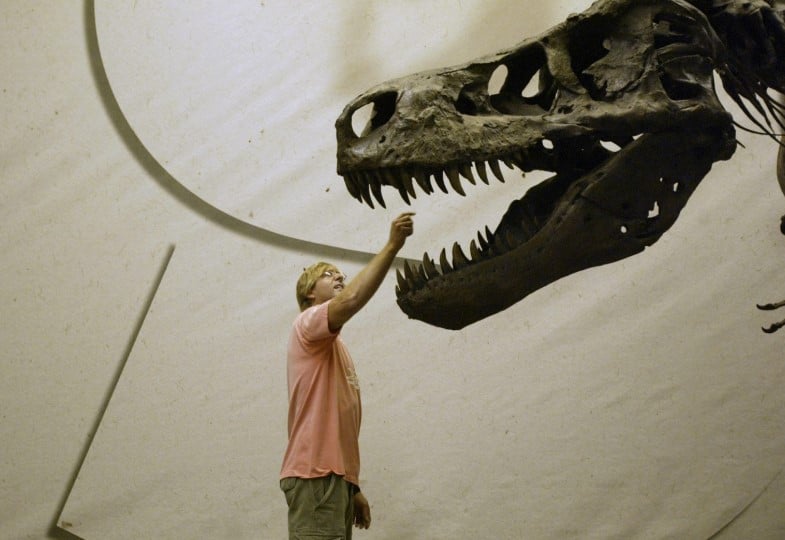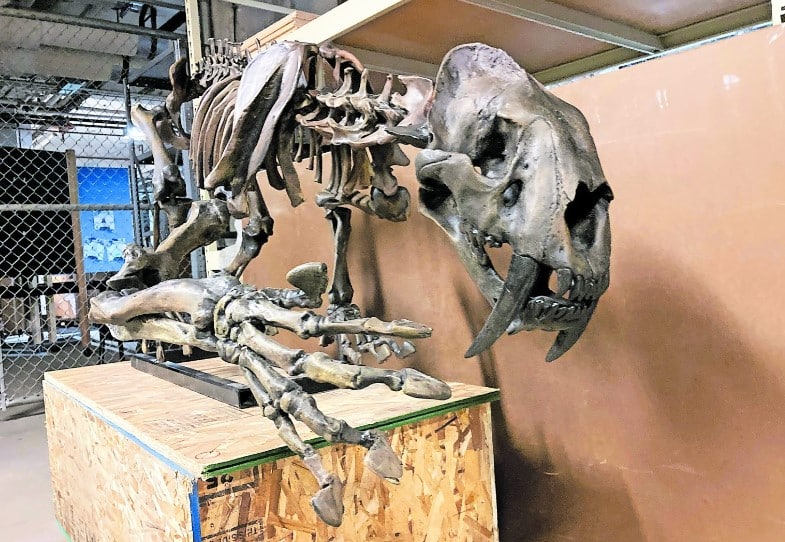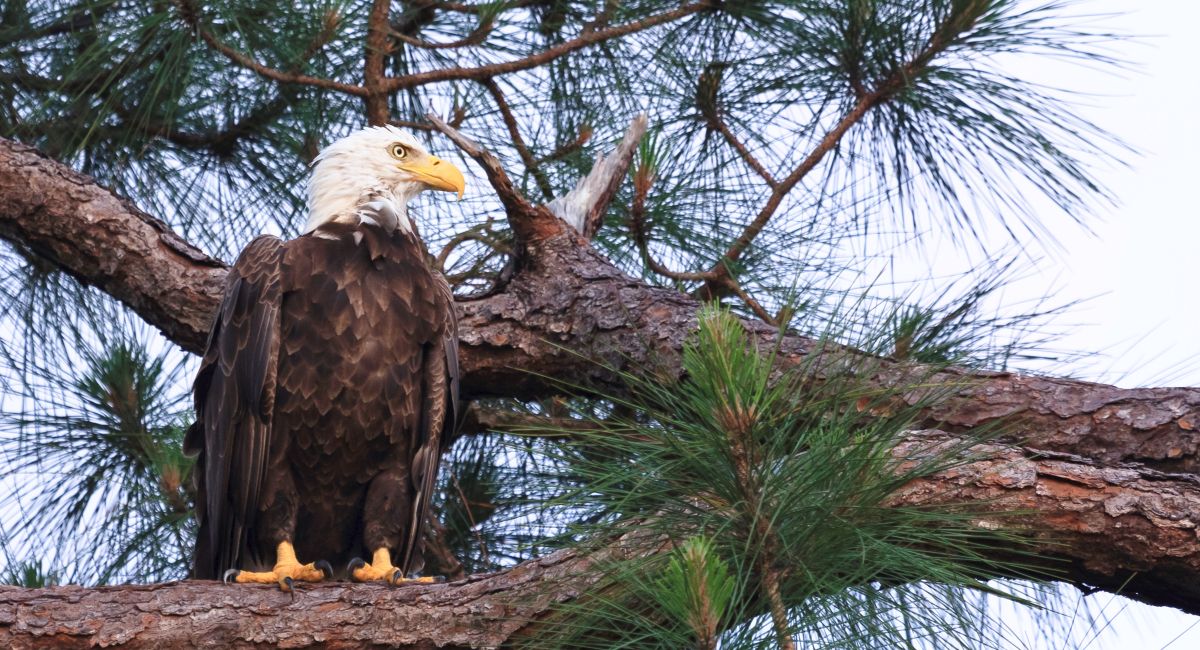4 places to go in Alabama if you love dinosaurs

Dromaeosaurs and Ornithomimids were found on the Alabama-Mississippi state line. Dromaeosaurs were smaller ostrich-like carnivores. These dinosaurs lived in Alabama and their bones were found here. See these prehistoric creatures at McWane Science Center. (Joe Songer)
If the weather has you feeling stuck inside, head to some cool stops that highlight Alabama’s incredible history during the “Age of the Dinosaurs.” Officially known as the Mesozoic Era, the age was divided into three periods known as the Triassic, Jurassic and Cretaceous periods. And because Alabama has one of the richest fossil zones in the country, each of these locations has some exciting finds to share.
Anniston Museums & Gardens
800 Museum Drive, Anniston
Anniston is home to the Anniston Museum of Natural History, Berman Museum and Longleaf Botanical Gardens, only about 3 miles from the city’s downtown.
The complex’s natural history museum, a Smithsonian affiliate, houses a collection one wouldn’t expect to find in east Alabama. In an effort to educate visitors and enhance public understanding of living things and associated landscapes, its highlights include an Albertosaurus exhibit, a carnivore that stands almost 20 feet tall, as well as a winged Pteranodon exhibit.

Anniston Museums & Gardens includes some dinosaur exhibits. (Samantha Clemens)
Wetumpka Impact Crater Discovery & Visitor Center
124 Company St., Wetumpka
Wetumpka is home to what’s been dubbed “the greatest natural disaster in Alabama history.” The impact of a meteorite roughly 85 million years ago produced an earthquake, a tsunami, an atmospheric blast wave and a torrent of falling rocks. This cosmic event also resulted in a 5-mile-wide astrobleme, or “star wound,” and decimated thousands of dinosaurs and sea creatures along the Gulf shoreline. One of these dinosaurs was the Appalachiosaurus montgomeriensis, discovered about 30 miles from downtown Wetumpka by Auburn University geologist David King, Ph.D., who is responsible for authenticating Wetumpka’s crater in the late 1990s. (You’ll also find a mural of the dinosaur at the end of Company Street.)
Although the Wetumpka impact crater is one of a handful of above-ground craters in the U.S., it is primarily on private land, which makes viewing it comprehensively a challenge. Because of this, a community organization dedicated to impact crater education and its associated history established a self-guided tour and hosts a lecture series annually.
Earlier this year, the city of Wetumpka’s tourism department opened a discovery and visitor center devoted to telling this important Dinosaur Age history. Across the street from the center is The Alleyway, a Main Street Wetumpka project that features a timeline of the impact and its effect on the dinosaurs.

Saber-toothed cat skeleton reconstructed at the McWane Science Center in Birmingham. (Dennis Pillion)
McWane Science Center
200 19th St. North, Birmingham
The McWane Science Center in downtown Birmingham is known for its expansive exhibits devoted exclusively to the dinosaur history of the Yellowhammer state. The center has many specimens on display: Appalachiosaurus, Nodosaur, Dromaeosaur, Ornithomimid, Pteranodon and Ichthyornis.
But when it comes to millions of years ago, the center does not stop there. Next to the dinosaur exhibit, visitors will find the “sea monsters” area, which focuses on creatures that inhabited Alabama’s ancient oceans, including when the state was largely underwater about 80 million years ago. This collection has specimens of the Xiphactinus, Protostega, Pachyrhizodus and the 11-foot-long Clidastes, the most dangerous sea monster of its time and affectionately known as the “Greene County Mosasaur.”
Alabama Museum of Natural History
427 Sixth Ave., Tuscaloosa
Alabama natural history is extraordinarily rich. This museum includes some exhibits dating back 500 million years and holds one of the largest mosasaur collections in the world.
This story was previously published by This is Alabama. Want to read more good news about Alabama? Sign up for the This is Alabama newsletter here.





